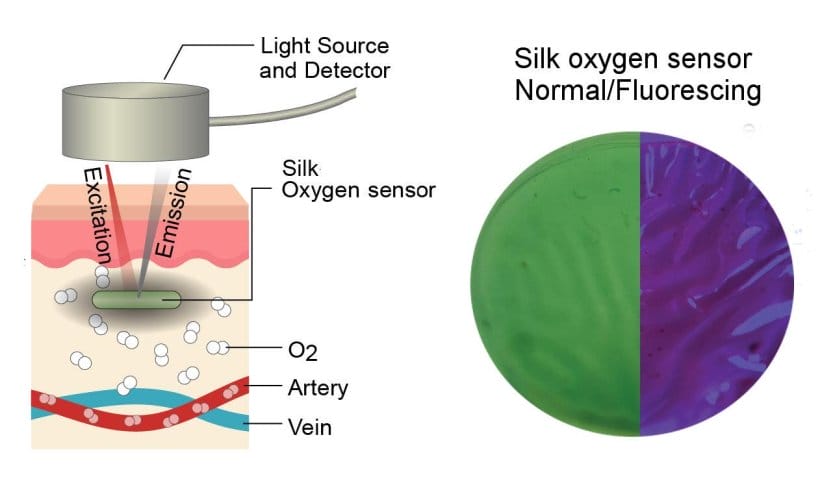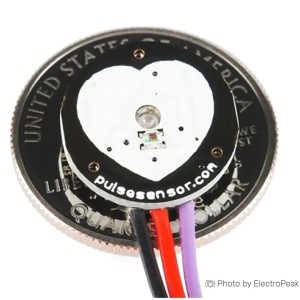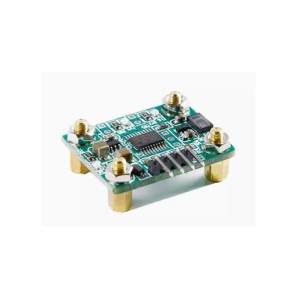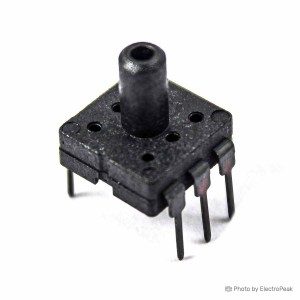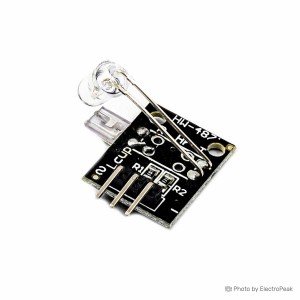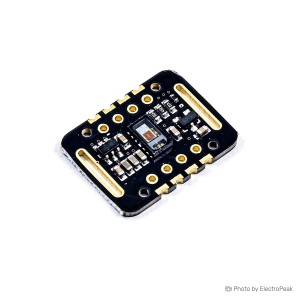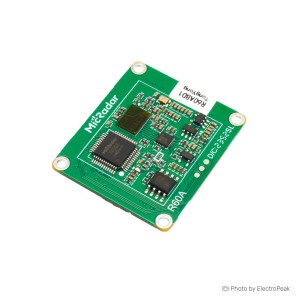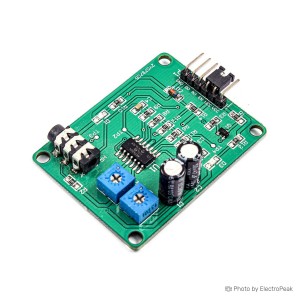Heartbeat is commonly measured by assessing the pulse rate, which is the number of heartbeats per minute. This can be done manually by palpating arteries, especially the radial artery, or using electronic devices such as pulse oximeters.
Heartbeat & Blood Pressure
Heartbeat and Blood Pressure Sensors
Heartbeat and blood pressure sensors are devices designed to measure physiological parameters related to cardiovascular health. These sensors play a vital role in health monitoring and medical applications, providing valuable data for assessing heart rate, pulse, and blood oxygen levels.
Price of Heartbeat and Blood Pressure Sensors:
The price of these sensors varies based on factors such as brand, accuracy, and additional features. Basic models like the Heart Rate Pulse Sensor Module are cost-effective, while advanced sensors may have a higher price.
Tips for Buying Heartbeat and Blood Pressure Sensors:
Consider factors like accuracy, measurement range, and ease of integration when selecting a heartbeat and blood pressure sensor. Choose a sensor that aligns with your specific health monitoring requirements for reliable and precise data.
Popular Models of Heartbeat and Blood Pressure Sensors:
How is Heartbeat measured?
What is Blood Pressure?
Blood Pressure is the force exerted by circulating blood against the walls of the arteries. It is measured in millimeters of mercury (mmHg) and consists of two values: systolic pressure (during heartbeats) and diastolic pressure (between heartbeats).
How is Blood Pressure measured?
Blood Pressure is measured using a sphygmomanometer, typically placed around the upper arm. The systolic and diastolic pressures are recorded, providing valuable information about the health of the cardiovascular system.
Are Heartbeat & Blood Pressure Sensors accurate?
The accuracy of these sensors depends on the technology and design. Modern sensors with advanced algorithms and calibration processes can provide reliable and accurate readings when used correctly.
How does a Blood-Oxygen Heart-Rate Sensor Module work?
These modules typically employ photoplethysmography (PPG) technology, utilizing light to detect blood volume changes beneath the skin. The module emits light into the skin and measures the amount of light absorbed by oxygenated and deoxygenated hemoglobin, allowing it to calculate SpO2 levels and heart rate.

